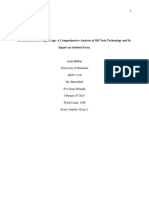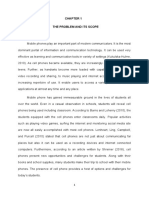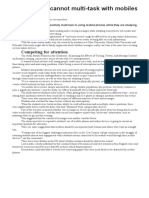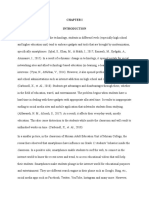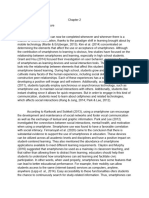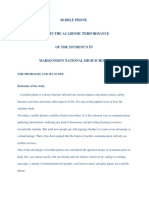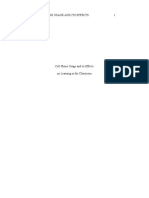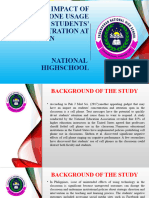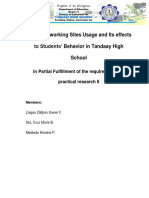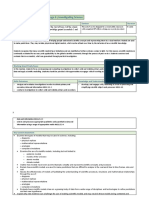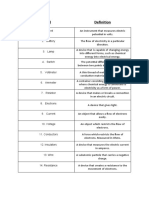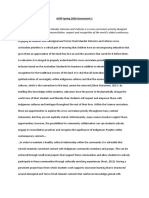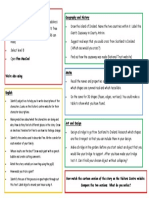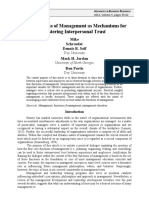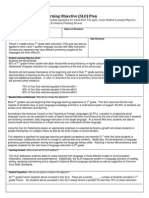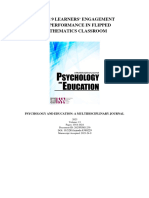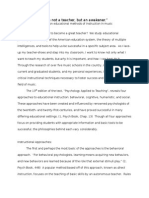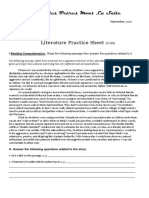0% found this document useful (0 votes)
139 views11 pagesRTL2 Assignment 2 Joshua Redmayne 17429173 How Can Students Use Their Phones Effectively in The Classroom?
This document summarizes research on the impact of student phone use and multitasking in the classroom. Several studies have found that multitasking on phones negatively impacts students' ability to recall information and take effective notes. While students feel comfortable multitasking, research shows they perform better without technology distractions. Some phone activities like texting can distract from learning, though calls and emails may not. Excess stimuli makes it harder to process information. More research is needed on Australian students and high school contexts where education is compulsory.
Uploaded by
api-456235166Copyright
© © All Rights Reserved
We take content rights seriously. If you suspect this is your content, claim it here.
Available Formats
Download as DOCX, PDF, TXT or read online on Scribd
0% found this document useful (0 votes)
139 views11 pagesRTL2 Assignment 2 Joshua Redmayne 17429173 How Can Students Use Their Phones Effectively in The Classroom?
This document summarizes research on the impact of student phone use and multitasking in the classroom. Several studies have found that multitasking on phones negatively impacts students' ability to recall information and take effective notes. While students feel comfortable multitasking, research shows they perform better without technology distractions. Some phone activities like texting can distract from learning, though calls and emails may not. Excess stimuli makes it harder to process information. More research is needed on Australian students and high school contexts where education is compulsory.
Uploaded by
api-456235166Copyright
© © All Rights Reserved
We take content rights seriously. If you suspect this is your content, claim it here.
Available Formats
Download as DOCX, PDF, TXT or read online on Scribd
/ 11



